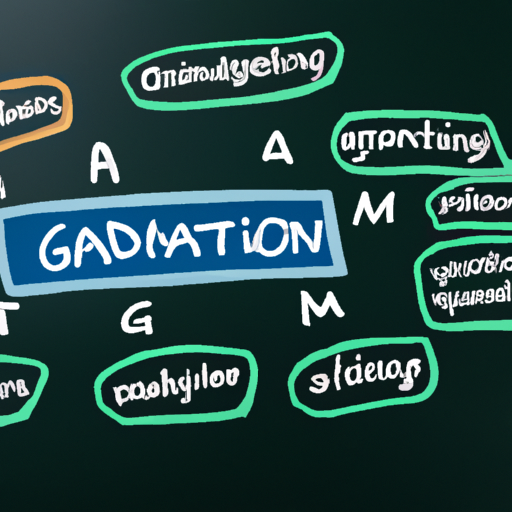In recent years, gamification in education has emerged as a transformative approach that captivates students and revamps traditional teaching methods. By integrating gameplay mechanics into the learning process, educators can enhance student engagement, motivation, and retention of knowledge. This blog post delves into the benefits of gamification and how it can be effectively implemented in educational settings.
What is Gamification?
Gamification refers to the application of game-like elements in non-game contexts to encourage engagement and participation. In the realm of education, this means adding elements like points, badges, leaderboards, and challenges to traditional learning frameworks. These features not only make learning more enjoyable but also drive students to achieve their goals and surpass their limits.
The Benefits of Gamification in Education
- Enhanced Engagement: Gamified learning experiences are immersive and stimulating, which keeps students interested and more willing to participate in their education.
- Motivation and Incentives: The incorporation of rewards such as badges or certificates can motivate students to actively engage in their studies and strive for excellence.
- Immediate Feedback: Gamification often provides instant feedback, allowing students to understand their progress in real-time and adjust their learning strategies accordingly.
- Collaboration and Social Interaction: Many gamified platforms encourage teamwork and collaboration, helping students develop essential interpersonal skills.
- Personalized Learning: Gamification can be designed to meet individual student needs, allowing for personalized learning experiences that cater to various learning styles and paces.
Practical Applications of Gamification in Education
Educators can implement gamification in various forms within the classroom, including:
- Educational Games: Introduce games that align with the curriculum to teach complex concepts in a fun way.
- Learning Platforms: Use online platforms that incorporate gamification elements to track progress and set challenges.
- Classroom Challenges: Organize competitions or challenges that reward students for completing tasks or mastering subjects.
- Story-driven Learning: Create narrative scenarios that involve students in problem-solving through gamified storytelling.
Successful Examples of Gamification in Education
Many educational institutions have successfully adopted gamification:
- Kahoot: This platform gamifies quizzes and polls, enabling teachers to create engaging review sessions.
- Classcraft: A role-playing game that allows students to create characters and work together to achieve classroom goals.
- Duolingo: A language-learning app that incorporates points and levels, making language acquisition enjoyable and competitive.
Conclusion
As technology continues to reshape the educational landscape, gamification stands out as a powerful tool to foster student engagement and drive learning outcomes. By integrating game-like elements into educational practices, teachers can create a dynamic learning environment where students are not only participants but also active players in their education. Embrace gamification in your teaching methods and watch as your students flourish!
Ready to transform your classroom with gamification? Share your thoughts and experiences below!
Key Takeaway: Gamification in education is not just a trend; it’s a revolution that can significantly enhance motivation, engagement, and the overall learning experience.




